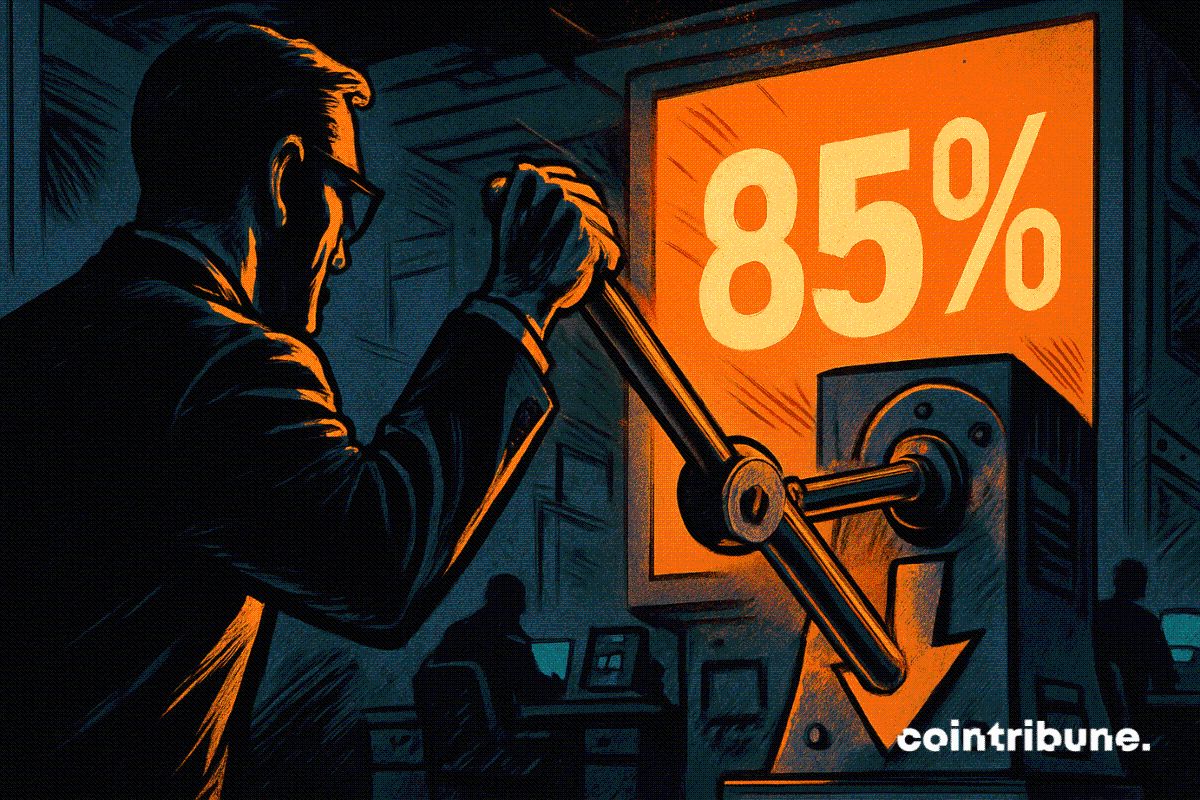"Virtual Gold, Real Firearms: The Emerging Security Threat in Cryptocurrency"
- A $11M crypto heist in SF targeted Lachy Groom, a former OpenAI CEO partner, via an armed "wrench attack" by a delivery-worker impersonator. - Global "wrench attacks" surged to over 60 in 2025, exploiting blockchain's anonymity and irreversibility to steal digital assets through physical coercion. - Experts warn of rising crypto security risks as attackers profile victims via social media, prompting calls for institutional-grade storage and multi-signature wallets. - The incident highlights vulnerabiliti
An $11 million crypto theft aimed at venture capitalist Lachy Groom, who previously worked with OpenAI CEO Sam Altman, has brought attention to a disturbing increase in physical assaults on cryptocurrency owners. The event took place in San Francisco’s Mission District, where an armed assailant disguised as a delivery person threatened Groom’s roommate, Joshua, using a firearm, duct tape, and intimidation,
This method mirrors a worldwide uptick in so-called "wrench attacks," where criminals resort to violence to seize digital assets. In 2025 alone,
Joshua, the victim, suffered minor wounds during the attack, which involved being tied up, assaulted, and coerced into giving up wallet access. The perpetrator fled with Joshua’s phone, laptop, and $11 million in digital assets and has not been apprehended.
This high-profile theft has reignited discussions about crypto safety amid escalating physical dangers. Phil Ariss from TRM Labs pointed out that attackers are increasingly identifying targets through social media,

Globally, wrench attacks are on the rise due to the difficulty of recovering stolen digital currencies. In France, armed criminals have targeted Ledger hardware wallets, while in Israel, a resident of Tel Aviv lost $600,000 in
As these dangers mount, both regulatory and technological solutions are being explored.
As the sector adapts to these new threats, evaluating the effectiveness of different crypto protection strategies becomes crucial. The San Francisco robbery is a stark example of how digital fortunes can translate into real-world risks. With digital assets increasingly targeted by organized crime, the industry stands at a pivotal point in balancing progress with protection.
Disclaimer: The content of this article solely reflects the author's opinion and does not represent the platform in any capacity. This article is not intended to serve as a reference for making investment decisions.
You may also like
Crypto Surges As Fed Eyes Rate Cut In December

Strategy unveils a new anti-panic weapon against the bitcoin crisis

dYdX’s performance-driven affiliate system establishes a new benchmark for DeFi rewards
- dYdX's v9.4 upgrade introduces a performance-based 50% commission tier, replacing static VIP tiers with dynamic affiliate fees tied to real-time trading volume. - The sliding fee model automatically adjusts commissions (30% base, 50% for top performers) to align affiliate rewards with platform liquidity and growth goals. - Competitors like Bitget and YWO also adopt performance-driven affiliate strategies, reflecting a broader DeFi trend toward merit-based incentives. - dYdX's protocol-level hard-coding o
The Growth of Ready-to-Develop Infrastructure in Upstate New York and Its Influence on Industrial Property
- Upstate NY's industrial real estate is transforming via shovel-ready infrastructure and public-private partnerships, targeting advanced manufacturing and clean energy sectors. - FAST NY's $400M grant program has funded 37 projects since 2022, upgrading 7,700 acres to attract $283M+ in private investments like Chobani's regional operations. - Webster's Xerox campus redevelopment ($9.8M FAST NY grant) exemplifies mixed-use "bluefield" models combining manufacturing with residential zones to create sustaina
